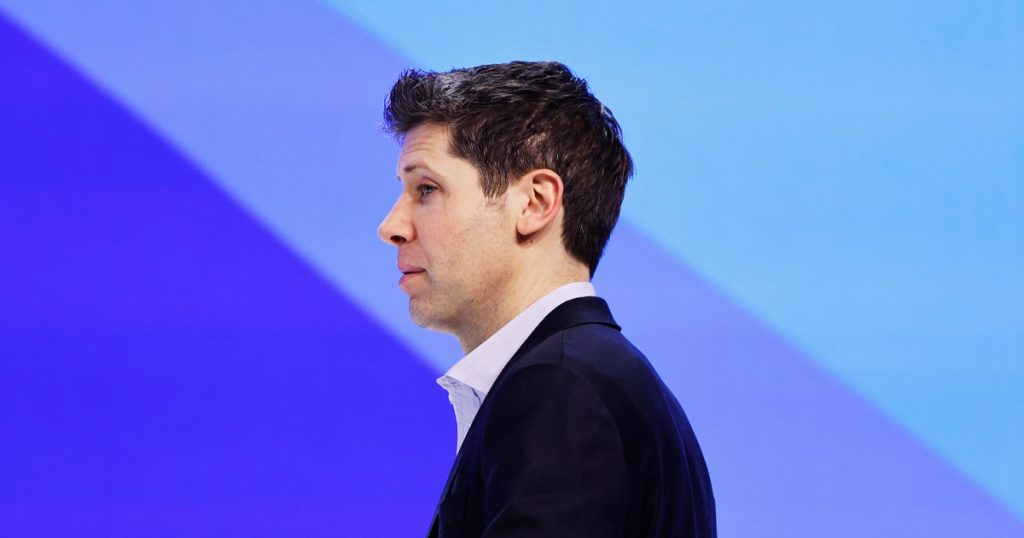OpenAI has disbanded its team focused on the long-term risks of artificial intelligence, just one year after the team was announced. Some members of the team are being reassigned to other teams within the company. The news came shortly after team leaders Ilya Sutskever and Jan Leike announced their departures from the company. Leike stated that OpenAI’s safety culture and processes had taken a backseat to product development. The Superalignment team, which was announced last year, focused on steering and controlling AI systems smarter than humans with a commitment of 20% of computing power over four years.
Leike explained that he disagreed with OpenAI leadership about core priorities and believed more focus should be placed on security, monitoring, preparedness, safety, and societal impact. He expressed concern that the company was not on a trajectory to address crucial research in these areas. Leike stressed the importance of becoming a “safety-first AGI company” due to the inherent dangers of building smarter-than-human machines. He called for a shift towards prioritizing safety culture and processes over developing shiny products. The dissolution of the Superalignment team reflects a broader debate within OpenAI about the company’s direction and focus on long-term risks.
The high-profile departures in recent months follow a leadership crisis involving co-founder and former CEO Sam Altman. Altman was ousted by the board due to issues with communication and differing priorities regarding artificial intelligence safety. The board’s decision led to resignations and threats of resignations within the company, with widespread backlash from employees and investors, including Microsoft. Altman eventually returned to the company, while board members who voted to oust him, including Sutskever, were no longer part of the board. Research director Jakub Pachocki has replaced Sutskever as chief scientist.
Following the departures of Sutskever and Leike, OpenAI launched a new AI model and desktop version of ChatGPT, expanding the use of its chatbot technology. The new GPT-4 model, named GPT-4o, offers improved capabilities in text, video, and audio, with faster processing speeds. OpenAI also announced plans to enable video chat with ChatGPT in the future, emphasizing easier accessibility for users. Despite the focus on product development, the dissolution of the Superalignment team and the departures of key researchers reflect ongoing tensions within OpenAI regarding the balance between AI innovation and safety measures.
The issues within OpenAI highlight the challenges facing companies working on cutting-edge AI technology, particularly concerning the ethical and safety implications of artificial intelligence. The departure of key team members and disagreements over the company’s priorities underscore the complexities involved in developing AI systems while ensuring they do not pose risks to humanity. OpenAI’s organizational changes and shifts in focus towards product development raise questions about the future direction of the company and its commitment to addressing long-term AI risks. It remains to be seen how OpenAI will navigate these challenges and balance innovation with responsible AI development in the future.


